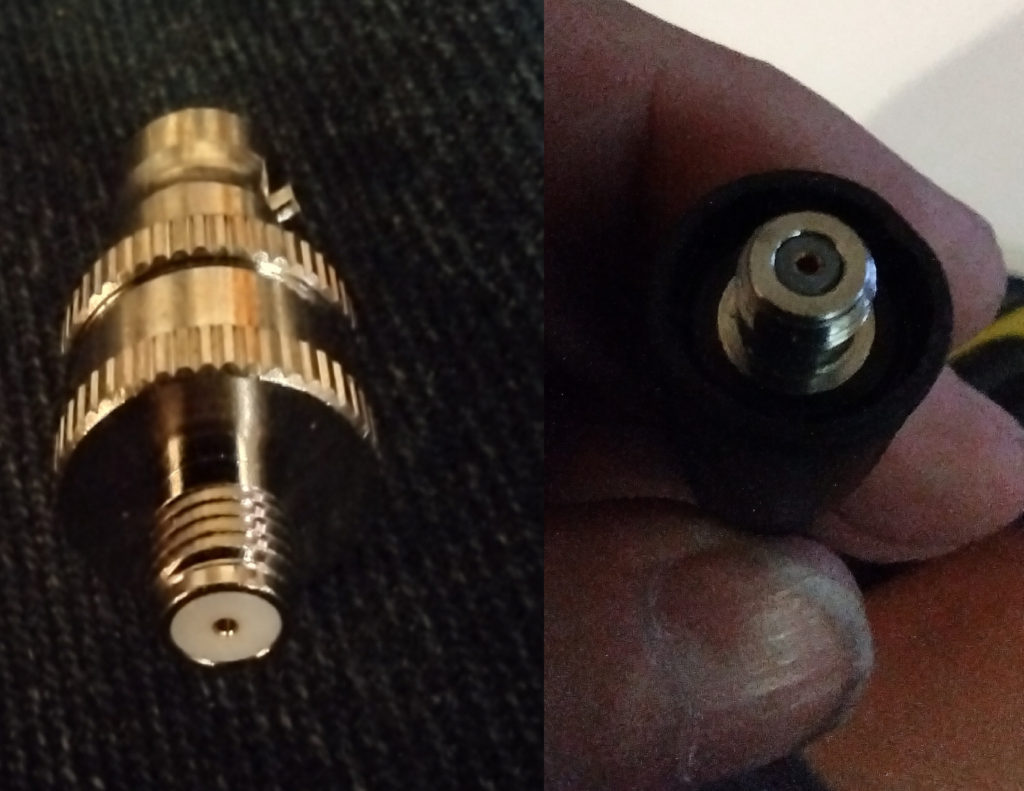
TEK NET
The Henderson Amateur Radio Club is pleased to present our Tek Net every Sunday evening, starting at 8pm local time (0300 UTC).
The audio portion of the Tek Net will be found on the Henderson Amateur Radio Club Repeater Network (RF). The audio may also be accessed via Echolink (W7HEN-R node 740644) and Allstar (node 44045).
The audio will refer to this page, so that the listener can more fully understand the concepts as they are presented.
All are welcome!
April 23, 2023
This past week I had the pleasure of repairing a damaged SMA connector on a portable.
This brought to mind how this could have been prevented with a bit of foresight as to the adapter that had been used to attach his external antenna coax.
We are going to go over a few details concerning the different coaxes normally used by ham radio operators.
Which are good for our particular installation and which is better or worse…and why.
Understanding the “DB” . . .
Decibel (Symbol: dB) is a logarithmic unit that indicates ratio or gain in voltages, RF power, audio levels etc.
A few easy ones to remember are 3dB, is a factor of 2, that is, if it is a gain of +3dB than it is double the signal level, if it is a loss -3dB than it is 1/2 the signal level.
A 1dB signal loss is 20% of the signal.
A .5dB signal loss is 10% of the signal.
All losses are cumulative (they are going to add up), you need to keep this in mind when using adapters and different types of coax and their connector when used on your radio equipment.
Coaxes normally used by hams. . .
RG-58 A/U loss per 100ft @ 400Mhz is 12.4db, manufacturer specifies usage for low power FM.
RG-8 loss per 100ft @ 1000Mhz is 8dB, VF-66%stranded center conductor.
RG-213 loss per 100ft @ 400Mhz is 4.2db, use as antenna feedline, interconnect cables.
RG-174 loss per 100ft @ 400Mhz is 19.3db, use for short interconnect jumpers due to high loss.
LMR400 loss per 100ft @ 1000Mhz is 4.25db. VF=85% solid center conductor.
A little history on the SMA . . .
When the SMA female circuit board connector was first introduced, it was used as a means to interconnect RF cables to circuit boards inside of an electronic device.
It wasn’t until several decades later that Japanese and Chinese radio manufacturers started to use them as an external antenna connector instead of the BNC Female connector, mainly because it was smaller and cheap.
This connector was never designed to handle the lateral forces that can occur when an adapter with coax is attached and then bumped and experiences forces on such a small foot print, creating a weakened or damaged connector to the circuit board.
If you are going to use an external antenna cable on your portable, use something similar as shown below, this will eliminate the stress on the SMA connector and let your hand control the cable from pulling on the connector laterally.
This adapter cable is a Female BNC to SMA Male jumper, connected to a SMA Female/Female (barrel) attached to this radio’s antenna port.
Using this type of arrangement could have prevented the 2.5 hour repair job on the portable mentioned earlier.
When using a screw on SMA adapter, like the one displayed here.
Make sure that the base is as wide as possible to increase the adapter’s footprint and making the adapter structurally more stout, not to cause any damage to the connector to the circuit board location.
When attaching an external coax (like from a magnet mount) put a BNC or SMA connector on the RG-58 coax instead of the older PL-259 male connecting into a Female SO-239 adapter (as seen below).
This creates a much longer stack of adapters and can very easily damage the antenna connector.
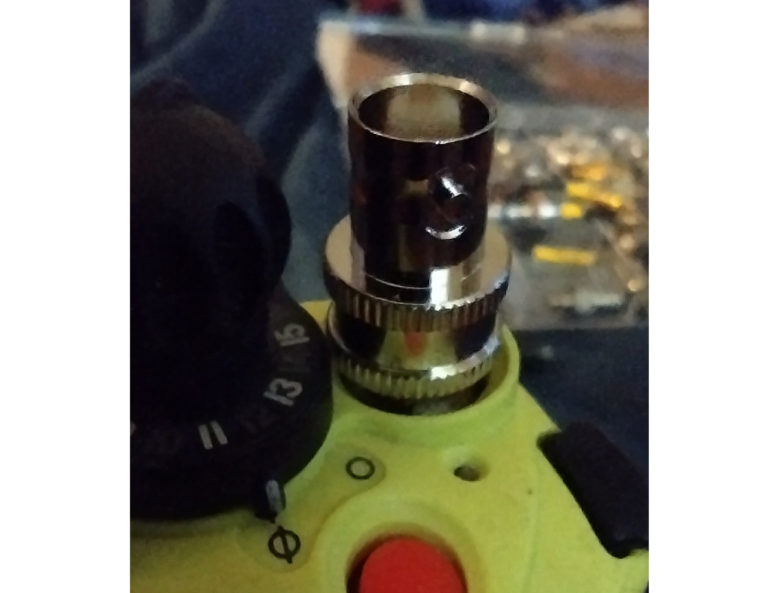
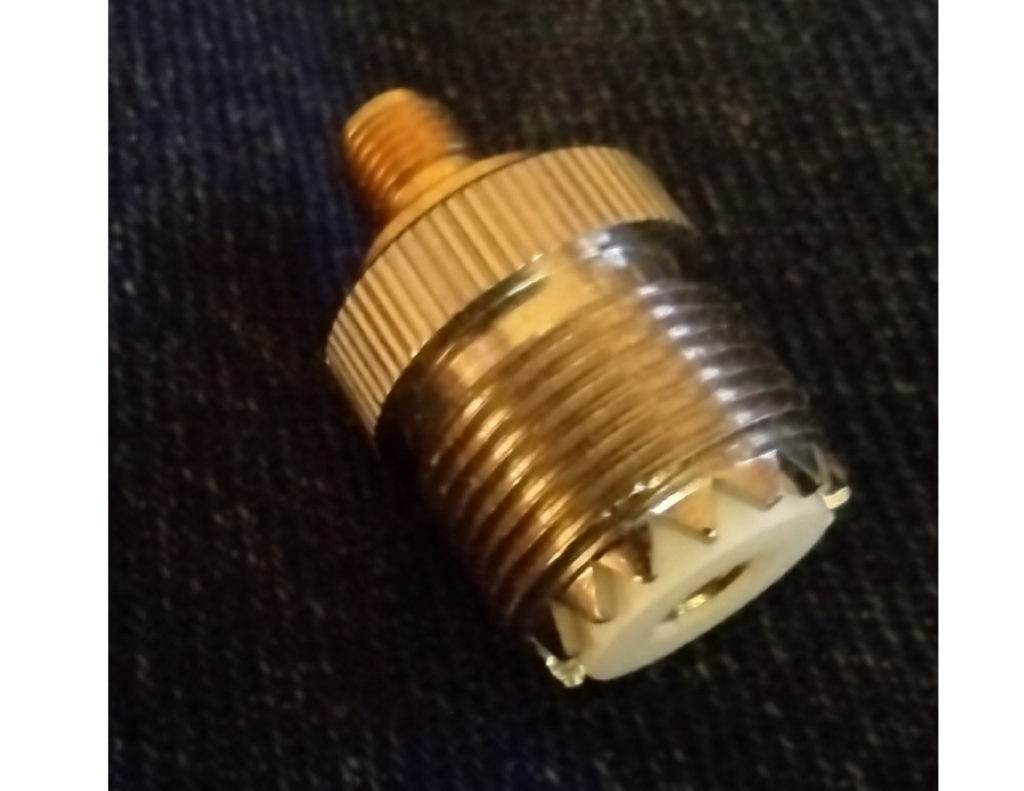
This SO-239 adapter is much larger then the threaded part of the SMA, after adding the Male PL-259 on the end of your antenna cable, will create a giant mass of material on that small SMA joint, as you can see it wont take much force to damage the SMA connector at the circuit board joint.
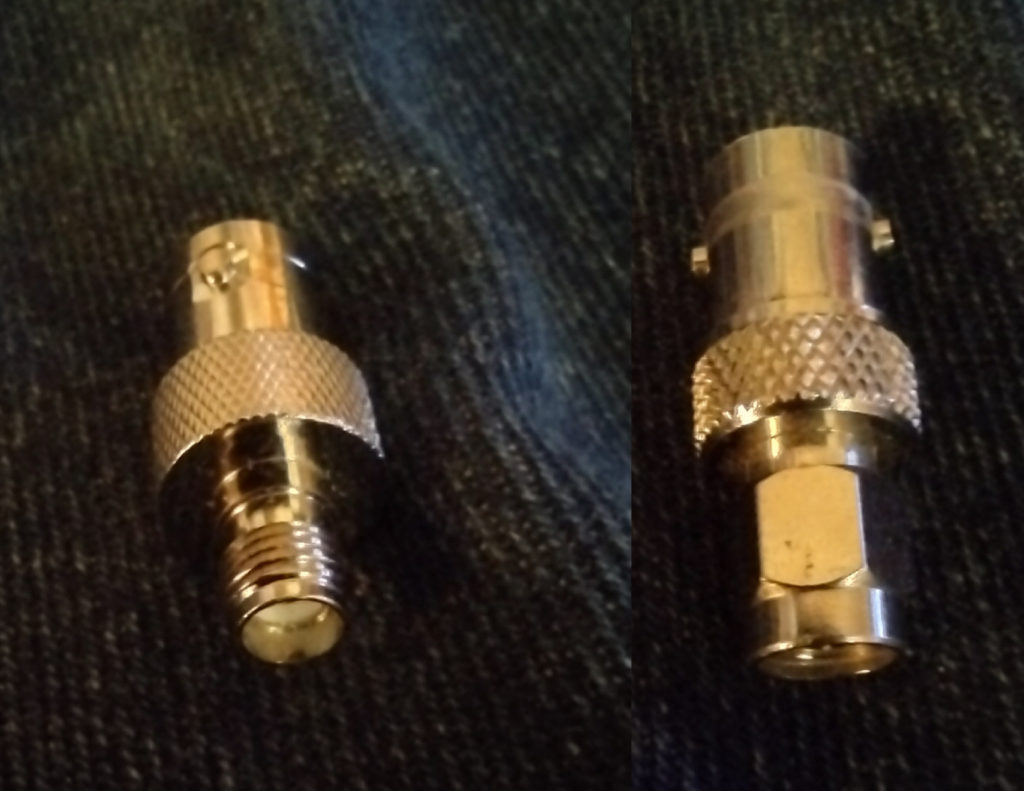
If you are going to connect the external antenna coax directly to your portable, I suggest that you use a hand held speaker/microphone with the radio laying on the seat. That will eliminate the moving of the radio, possibly weakening the SMA connector
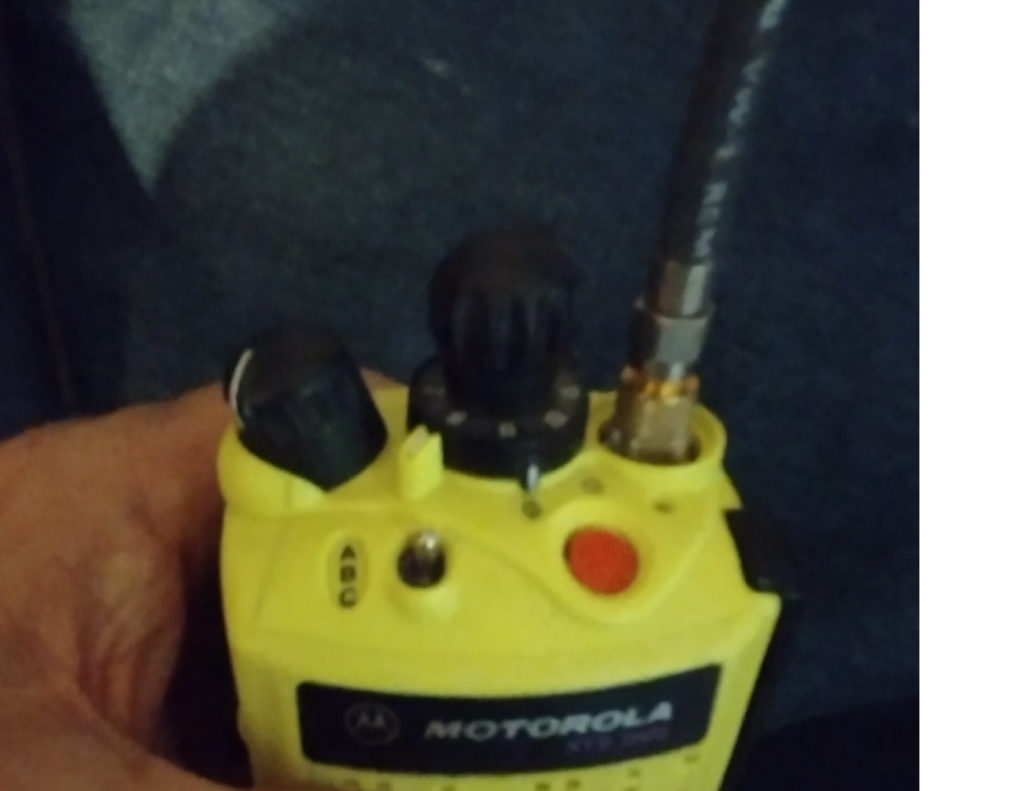
Just a note about Motorola Portables. . .
The antenna port on Motorola portables are a Non-standard SMA.
As shown below, there is no lip at the end of the threads, this type of receptacle prevents a standard SMA adapter to bottom out before making a complete electrical connection.
